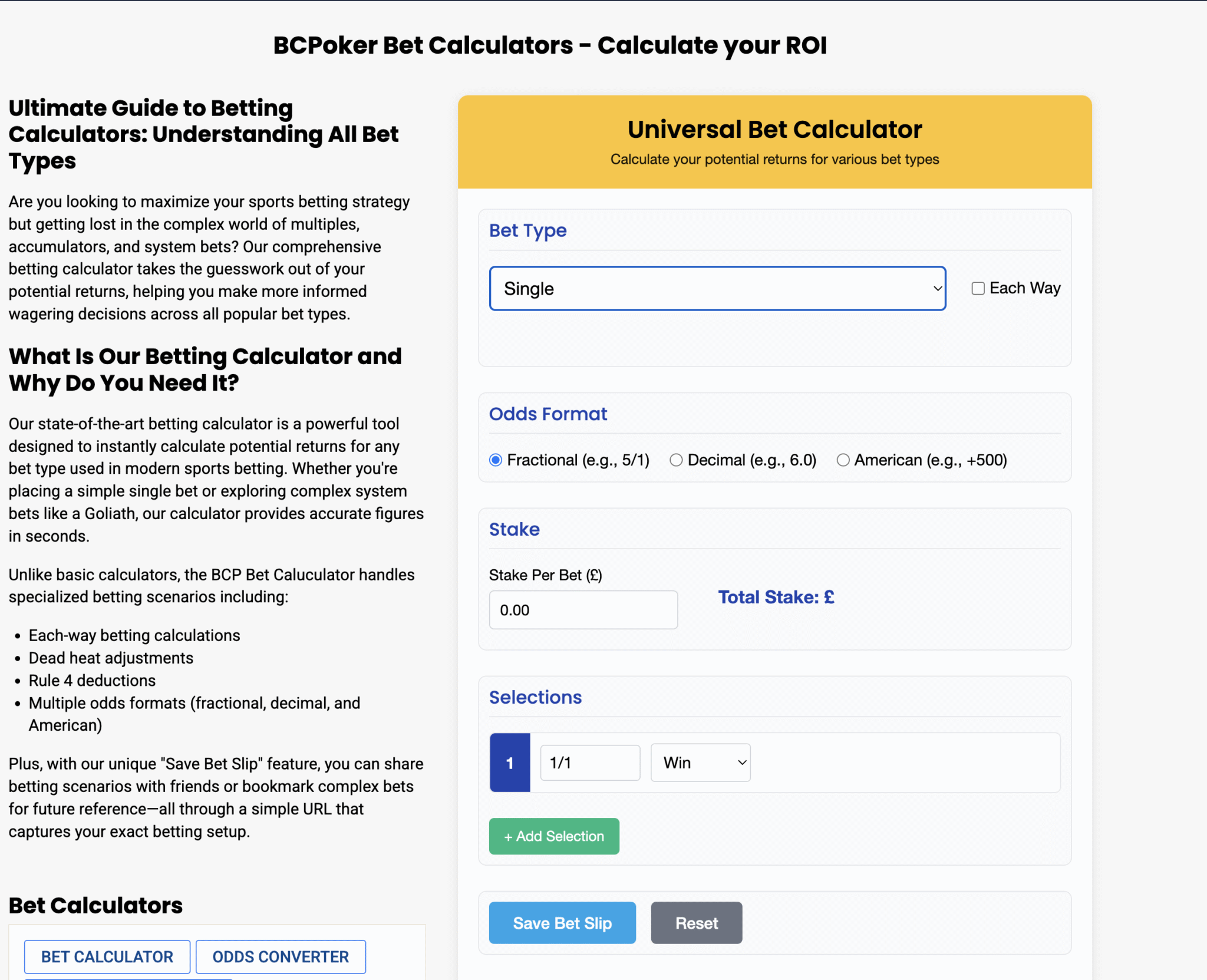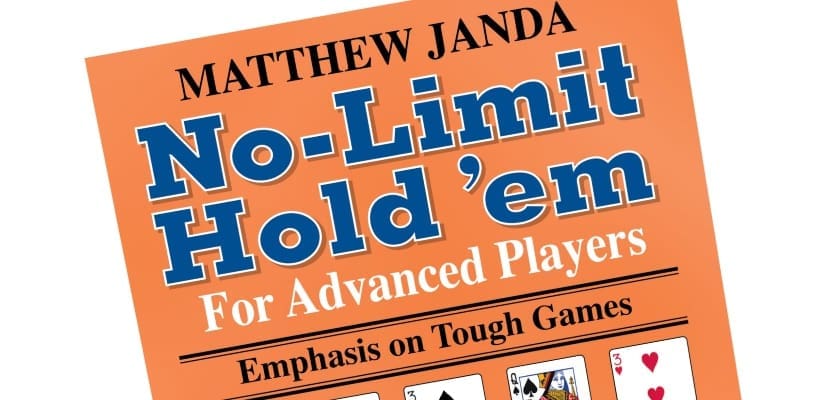


The first thing I want to say about Matthew Janda’s No-Limit Hold’em for Advanced Players is that I am still not finished reading it. However, as a corollary to why it’s taking me so long, the parts that I have read have convinced me that I am, in fact, too stupid to play poker now.
I don’t often toot my own horn, but I’m something of an academic. I attended one of the most elite private schools in Texas from kindergarten to graduation, and I have two advanced degrees, including an MBA from Texas Christian University.
Moreover, I enjoy reading. I read for fun all the time, and I particularly enjoy books that pertain to my few interests. So, naturally, when I found a poker strategy book that professional players kept mentioning as tip-top, I was interested. I even respected the publishers for having the balls to charge $30 for an online book.
I have known for several years that the game of poker has evolved and, largely, passed me by. I used to be able to feast on players back in the early and mid-2000s, but those days are long gone. So, I hoped that this book could help get my game back on track.
So far, these are the takeaways I have from it.
This book is perhaps the most difficult read I’ve had since the last time I picked up a Faulkner novel. The level of complexity that Janda applies to poker is normally reserved for quantum mechanics.
That’s not to say that it is a poorly-written book. It’s not. It’s just that Janda is on a higher plane of existence than I am.
So, I found myself with a peculiar problem. Namely, each time I want to read this book, I have to decide if I am sufficiently a) awake, b) caffeinated, and c) focused.
Otherwise, I can get lost within a page and a half. The discussions about pre-flop versus post-flop ranges of both my opponents and I have me crossing my eyes.
Even when I get it, I still don’t fully get it.
One thing that has stood out is the level of aggression that Janda recommends. He suggests three-betting and four-betting with cards that would be a quick fold for my reptilian brain.
For instance, in his definition for his 4-bet range on the button, he includes A5o, A4o, K4s, K3s, and K2s.
Sweet Jesus.
I have used opening raises with those hands before, but that’s it. A 3-bet would never cross my mind, and a 4-bet is completely insane.
I’m sure that there are advanced mathematics, alignment of the planets, and mysteries of the Kabbalah that bear out Janda’s recommendations. However, in my heart of hearts, I know that I would never have the guts to 4-bet with those hand combinations. Even if I cared not one iota about the money at hand, I would be cursing myself inwardly for being so spewy.
YouTube is a terrific thing, by and large. One of my favorite types of videos to watch are poker vlogs. I’m sure that I enjoy living vicariously through these guys as they drag in stacks of chips.
However, guys like Andrew Neeme, Brad Owen, and (God help me) Doug Polk will often let slip their strategic thinking about each hand. They’ll talk about balancing against their opponents’ ranges or down betting for pot control.
For a meat-and-potatoes guy like me, it mostly sails over my head. I mean, I used to think that a check-raise was an advanced maneuver. So, in a way, this book is nice, because I’m now able, at least, to recognize things as they sail over my head.
It’s like learning a foreign language, then listening to native speakers talk. I hear an occasional word that I know, then try to figure out the entire conversation from the context of that one word.
I hope that this review does not read as a critique. It’s not. The book is excellent.
However, it’s a bit disheartening for me to think that I’ve played poker seriously for nearly 20 years, and I know very little about it. It’s not like I never studied or attempted to work on my game, but it’s clear that these guys are playing a different game entirely.
18+ Always remember to gamble responsibly. Check out bet365’s Safer Gambling page for more details or go to GambleAware.org for advice, tools and support.

All contents are ©
Bet365 Bonus Code, Sports, Casino and Poker Sign up offers and News

18+ Worried about your gambling? Gamcare - When the fun stops – STOP!